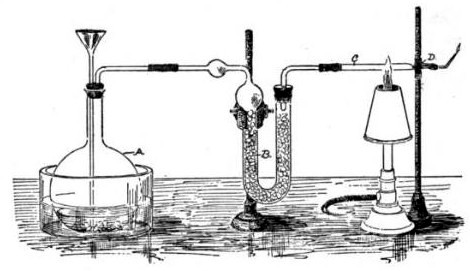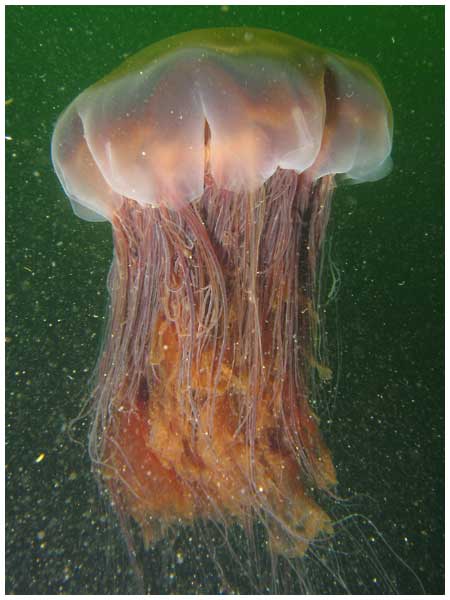We just learned about the The Great Persecution.
Another part of early Christianity was the Edict of Serdica.
Remember that in 303 AD the Emperor named Diocletian started the Great Persecution, where Christians were killed and churches were burned down.
Later on a new Emperor took over named Galerius, and in the year 311 AD he decided that they should stop the Great Persecution.
He wrote a letter that was called the Edict of Serdica, which said that they tried to stop Christians from worshipping Jesus and tried to force them to worship Roman gods but it wasn't working.
So they decided to just let Christians worship Jesus, and not try and force them to worship Roman gods anymore.
This was the first time ever in history that rulers of any country made a law saying that it was ok to be a Christian.

(from: wikipedia - edict of serdica)
Kid Facts - Blast from the past: Nicanor








